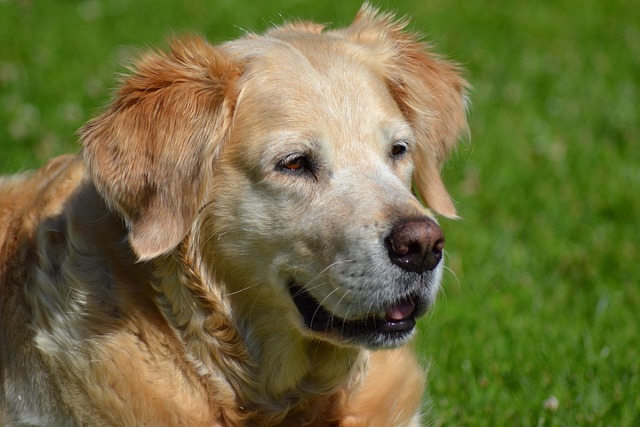
How can I tell if my dog's heatstroke is serious
Let’s be real: It’s a sticky August morning in Los Angeles, and you took your 2-year-old Golden Retriever, Max, for a walk a little later than usual
That worried feeling when your pup squints in the bright afternoon sun during your neighborhood walk or has a bit of goop in the corner after a nap – is it normal, or time to panic? While occasional mild discharge can be harmless (like "sleep" in human eyes), certain symptoms demand urgent attention. As a responsible owner, your first safeguard is ensuring rabies and core vaccinations are current (legally required across the U.S./EU) – not just for health, but because undiagnosed neurological issues can sometimes manifest as eye problems.
Biologically, dog eyes are surprisingly fragile. Their cornea (the clear outer layer) is thinner than ours, making scratches easily infected. Deeply pigmented breeds (Rottweilers) hide redness poorly, while brachycephalic dogs (Pugs, Boston Terriers) risk painful corneal ulcers due to bulging eyes. Watch for these red flags: sudden cloudiness (could indicate glaucoma or cataracts), intense redness covering the white part (sclera), squinting or light sensitivity lasting over 24 hours, swollen eyelids, thick yellow/green discharge, or visible trauma (like a stick puncture at the park). Any sudden vision loss – like bumping into furniture in your familiar apartment hallway – is an immediate ER visit.
Don’t wait – act methodically. Step 1: Prevent rubbing. If they’re pawing, gently fit them with an e-collar ("cone") from your pet first-aid kit – a scratched cornea worsens fast. Step 2: Flush carefully. For mild irritation or foreign debris (like pollen during spring walks), use sterile saline eyewash (never human eye drops!) to rinse the eye, tilting their head down so debris flows out. Step 3: Call your vet. Describe symptoms in detail ("green discharge since yesterday, left eye squinting shut"). They may advise an urgent visit or prescribe a lubricant. For suspected trauma or blindness, go straight to an emergency clinic. Keep a photo diary: snap daily pics of the eye under consistent lighting to track changes. Apartment dwellers: reduce airborne irritants by vacuuming frequently and avoiding strong chemical cleaners near your dog’s sleeping area.

Here’s the cultural and legal layer. Never yell or pin your dog down for eye exams – fear increases eye pressure, worsening conditions like glaucoma. Instead, use positive reinforcement: feed high-value treats while applying prescribed drops to create calm associations. Leash laws tie directly to eye safety – an off-leash dog approaching yours unexpectedly in a crowded city park could trigger a fight leading to eye injuries. Always carry biodegradable waste bags; if your distressed dog has diarrhea near a playground during a frantic walk to the vet (a stress response), prompt cleanup avoids fines in cities like Chicago or Berlin. Remember, swift, gentle action protects their sight and keeps your community safe.

Let’s be real: It’s a sticky August morning in Los Angeles, and you took your 2-year-old Golden Retriever, Max, for a walk a little later than usual

You're enjoying a summer afternoon at the park when you notice your dog has stopped panting and appears disoriented - their gums are bright red

Let’s paint the picture: You’re in your Denver apartment, watching your 4-year-old Boston Terrier, Ruby, plop down mid-play session with her favorite toy

Many dog owners notice their pets nails seem shorter after regular walks,but how much does this daily activity actually help?The answer depends on where you walk—concrete sidewalks or asphalt streets gently file nails as a dog's paws hit the ground

Most dog owners notice their pup scooting across the carpet at some point, but few connect it to impacted anal glands. These small sacs near a dog’s rectum secrete a scent for marking territory

Most vets agree that regular dog teeth cleaning is key to avoiding painful dental issues later. For healthy adult dogs, a professional cleaning at the vet’s office every 12 to 18 months usually works well.